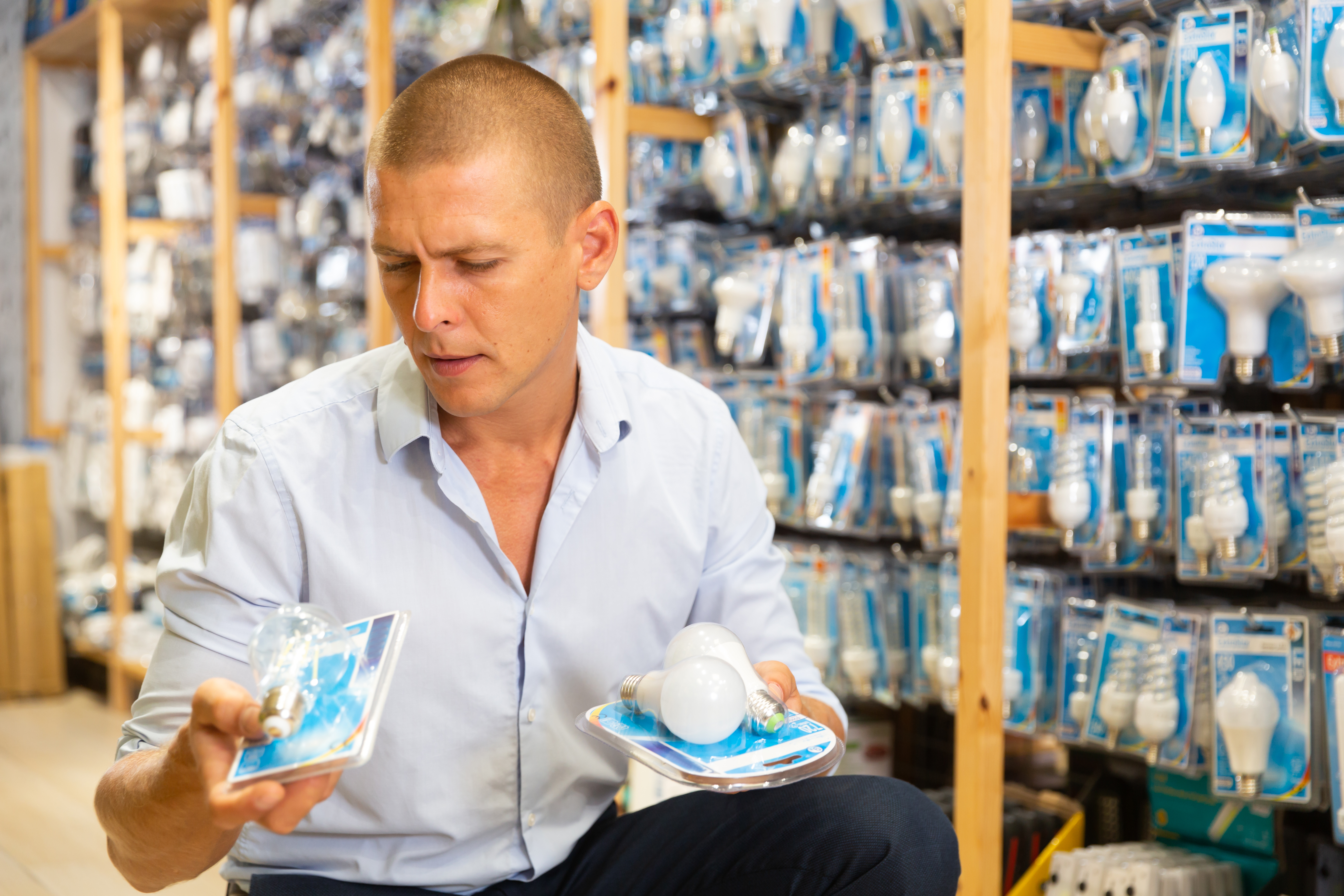For Consumers
Lighting

Lighting
Lighting can add costs to your electricity bill every year. The good news is you can reduce energy and save money by replacing inefficient lamps with efficient alternatives.
Talking about lighting
We generally describe anything we fit into a light socket a ‘light bulb’. This could be for the overhead lights in your home, the floor lamp in your living room or the headlights on your car.
But there’s many different types of electrical products that create light and do not have the classic light bulb shape. For example, fluorescent tubes and down lights.
A better way to talk about all these products is by calling them ‘lamps’.
Why lamps are regulated
Lamps are regulated to save energy and reduce your electricity costs and emissions. To do this we impose Minimum Energy Performance Standards.
We currently regulate:
- incandescent lamps including, tungsten filament, halogen and carbon filament lamps
- compact fluorescent lamps (CFL)
- double-capped fluorescent lamps
- light emitting diode (LED) lamps.
Over time inefficient lamps, like incandescent, halogen and CFLs, are being phased out.
Regulation of lighting products has been occurring for many years to ensure we keep advancing towards more efficient lamps. In 2009, a range of tungsten filament lamps were phased out and from October 2025 a range of incandescent lamps will also be phased out.
LEDs, which are more energy efficient, will slowly replace older technologies.
The regulation of LEDs is expected to save consumers an estimated $500 million and businesses $500 million. It will also reduce emissions by 1.5 million tonnes, helping to put us on track for Net Zero by 2050.

Lamps that are excluded from regulation
Some specialised lamps are excluded from energy efficiency regulations. For example:
- aeronautical lamps, designed to operate on an aircraft or as ground lights
- LED lamps, designed for photosynthetic applications in horticulture
- LED lamps with a fixed beam angle of less than 10 degrees, designed for specific spot-lighting applications
- certain colour tuneable LED lamps
- incandescent infrared heat lamps
- Incandescent high temperature oven lamps
- low power incandescent decorative lamps (less than 10W).
Detailed information on the exclusions is available in the incandescent determination or LED determination, as applicable.
Choosing the right lamp
With so much choice on the market you might need a little help to choose the right lamp to meet your needs.
Look for lumens not watts to choose you lamp brightness.
See Choosing the right lamp for more advice on purchasing your new lamp.

No longer available
-
The lamp I want is no longer available
Sometimes it can be hard to find a lamp you have bought previously, but this is for a good reason as we move towards maximising energy efficiency and adopting new technologies.
Usually there is a great alternative on the market.
See Choosing the right lamp for guidance.
-
Banned lamps
From 7 March 2022, Australia prohibited, with exemptions:
- the import, export, and manufacture of some compact fluorescent, linear fluorescent, high pressure mercury vapour lamps
- mercury in cold cathode fluorescent
- external electrode fluorescent for electronic displays.
There is mercury-free replacements available for most prohibited products. For example, LED lamps are a safe alternative to mercury-containing compact fluorescent lamps, with the added benefit of lower running costs.
Additional resources
Lighting

Your Home
Your Home provides information on achieving energy efficient new homes and home improvements. There is a dedicated Lighting section that provides information about:
- light lamp technology
- lifetime costs
- choosing, installing, and disposing of lighting products
- designing rooms with natural light.

